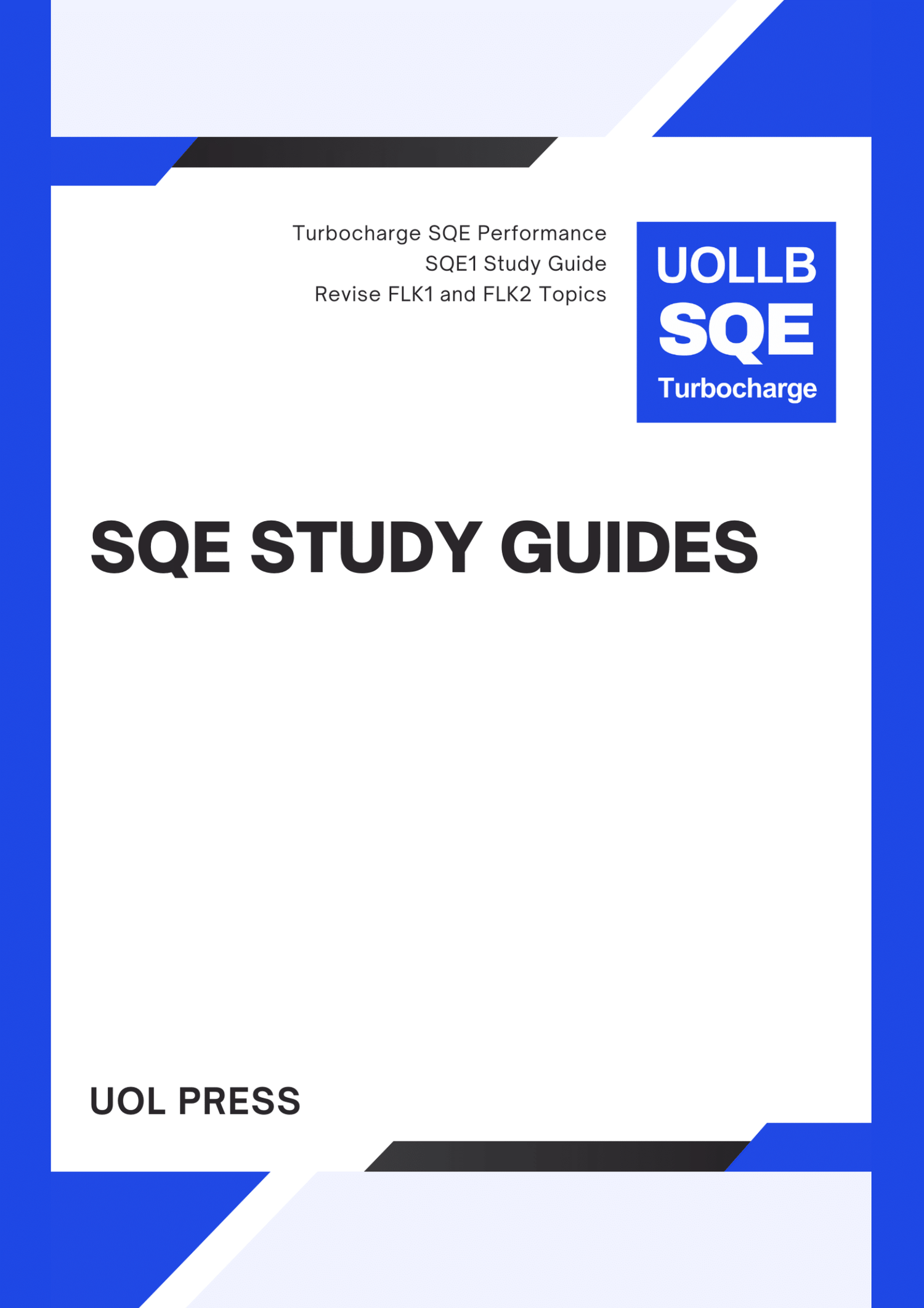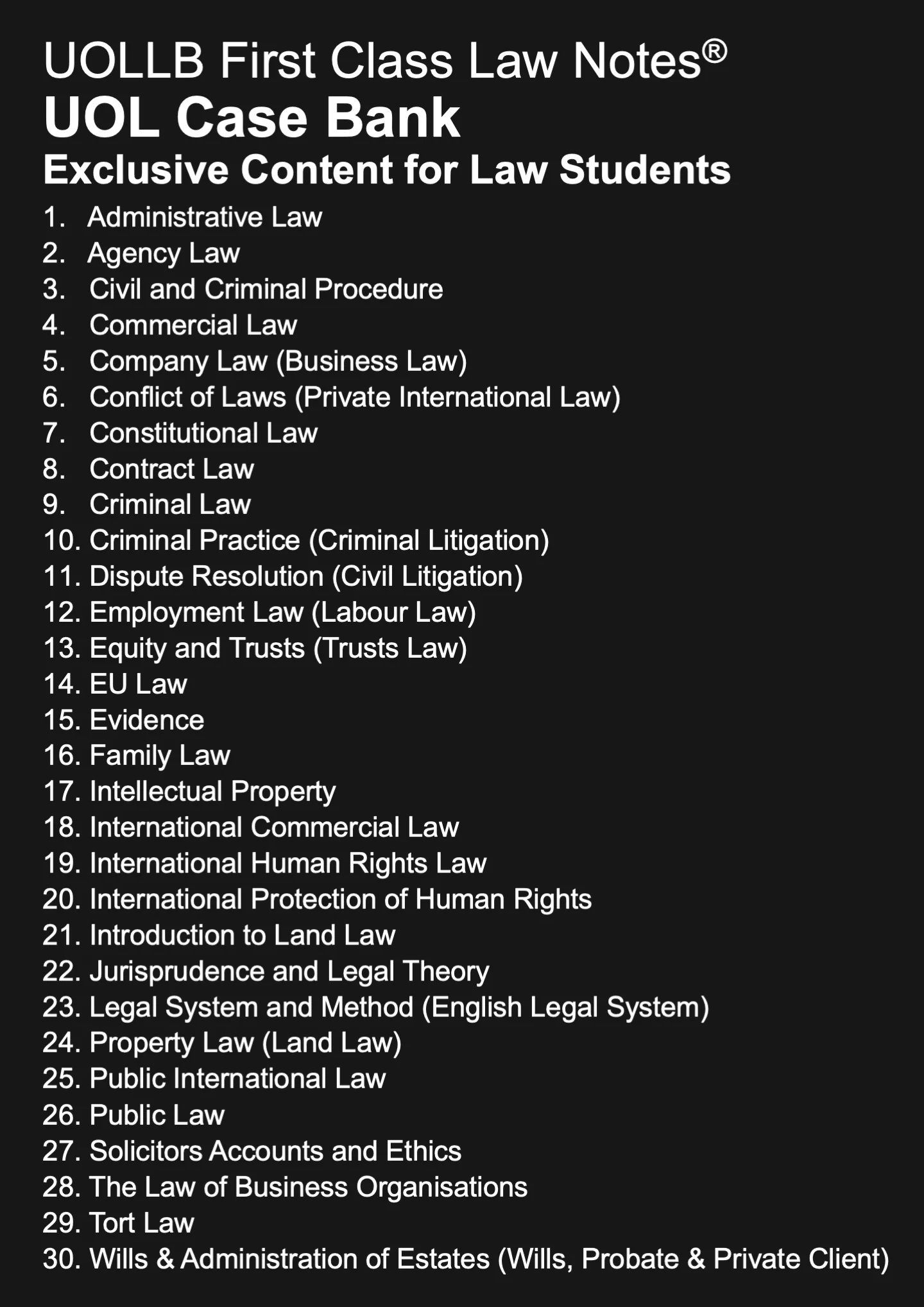Jolley v Sutton London Borough Council [2000]
Share
Jolley v Sutton London Borough Council [2000] 1 WLR 1082 is a significant case that delves into the foreseeability of harm in negligence claims, particularly when the claimant is a child. The central issue revolved around the duty of care owed by the Council regarding an abandoned boat on their property. The case explored the foreseeability of harm and the extent to which the defendant could be held liable for the injury suffered by the claimant.
The Council neglected to take action to remove an old, abandoned boat on its land. Two teenagers, including the claimant, undertook the repair of the boat, employing a car jack to prop it up. The incident occurred when the boat wobbled, causing it to topple from the car jack, resulting in the claimant sustaining a broken back and paraplegia. Subsequently, the claimant sought damages under Section 2(2) of the Occupiers’ Liability Act 1957, alleging a breach of the defendant’s duty of care.
Initially, the High Court ruled in favour of the claimant, asserting that it was reasonably foreseeable that children would meddle with the boat and suffer injury as a consequence. However, the Court of Appeal adopted a more restrictive stance, acknowledging the duty to remove the boat due to the foreseeable risk of injury but contending that it was not reasonably foreseeable that children would prop up the boat for repairs and consequently suffer harm.
The House of Lords, upon hearing the appeal, ultimately sided with the claimant, finding the defendant liable for the accident and resulting injury due to foreseeability. In this decision, two key perspectives emerged from Lords Steyn and Hoffmann. Lord Steyn emphasised that foreseeability should be evaluated by closely examining the specific circumstances of each case. He suggested that The Wagon Mound (No 1) [1961] does not mandate that both the precise manner of injury causation and the extent of injury must always be reasonably foreseeable.
Lord Hoffmann added valuable insights, highlighting the general trend in cases involving children. He noted that when a defendant's negligence is established, and the defendant could have taken measures to avert the injury, the defendant is likely to be held liable. Lord Hoffmann underscored the importance of recognising children's ingenuity in finding unexpected ways to cause mischief, emphasising that this factor should not be underestimated in determining foreseeability.
In conclusion, Jolley v Sutton LBC reaffirms the principles set out in prior cases, particularly Hughes v Lord Advocate [1963], and underscores the significance of context-specific evaluations of foreseeability. The case establishes that a duty of care may extend to the materialisation of relatively small risks, especially when the claimant is a child, and their inventive behaviour is taken into consideration.
The Council neglected to take action to remove an old, abandoned boat on its land. Two teenagers, including the claimant, undertook the repair of the boat, employing a car jack to prop it up. The incident occurred when the boat wobbled, causing it to topple from the car jack, resulting in the claimant sustaining a broken back and paraplegia. Subsequently, the claimant sought damages under Section 2(2) of the Occupiers’ Liability Act 1957, alleging a breach of the defendant’s duty of care.
Initially, the High Court ruled in favour of the claimant, asserting that it was reasonably foreseeable that children would meddle with the boat and suffer injury as a consequence. However, the Court of Appeal adopted a more restrictive stance, acknowledging the duty to remove the boat due to the foreseeable risk of injury but contending that it was not reasonably foreseeable that children would prop up the boat for repairs and consequently suffer harm.
The House of Lords, upon hearing the appeal, ultimately sided with the claimant, finding the defendant liable for the accident and resulting injury due to foreseeability. In this decision, two key perspectives emerged from Lords Steyn and Hoffmann. Lord Steyn emphasised that foreseeability should be evaluated by closely examining the specific circumstances of each case. He suggested that The Wagon Mound (No 1) [1961] does not mandate that both the precise manner of injury causation and the extent of injury must always be reasonably foreseeable.
Lord Hoffmann added valuable insights, highlighting the general trend in cases involving children. He noted that when a defendant's negligence is established, and the defendant could have taken measures to avert the injury, the defendant is likely to be held liable. Lord Hoffmann underscored the importance of recognising children's ingenuity in finding unexpected ways to cause mischief, emphasising that this factor should not be underestimated in determining foreseeability.
In conclusion, Jolley v Sutton LBC reaffirms the principles set out in prior cases, particularly Hughes v Lord Advocate [1963], and underscores the significance of context-specific evaluations of foreseeability. The case establishes that a duty of care may extend to the materialisation of relatively small risks, especially when the claimant is a child, and their inventive behaviour is taken into consideration.

























































